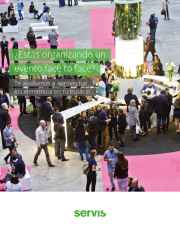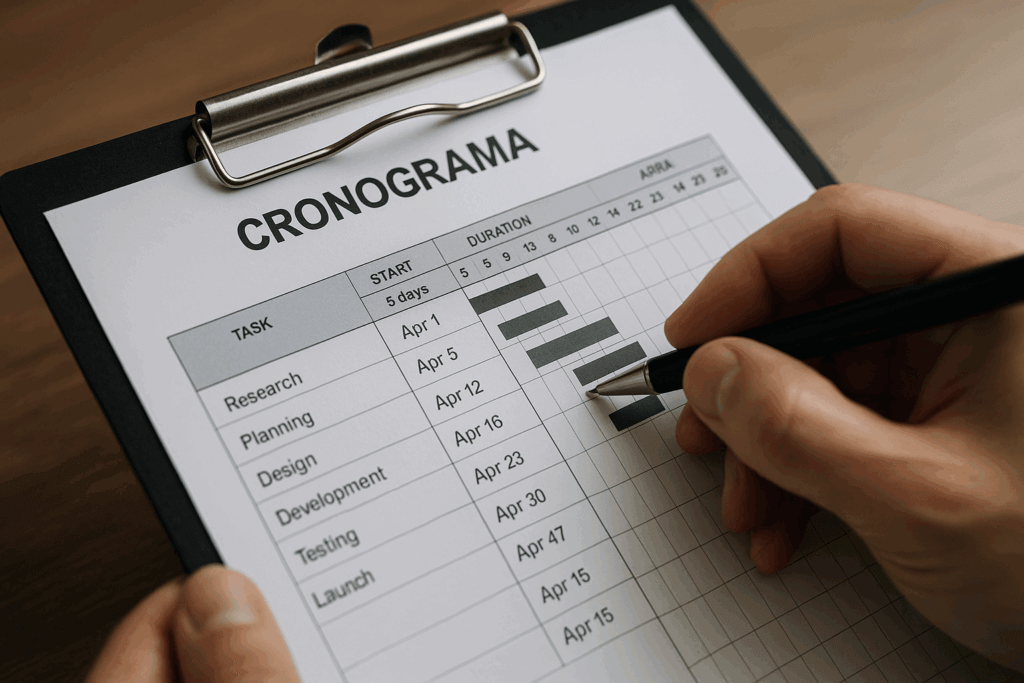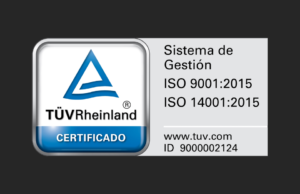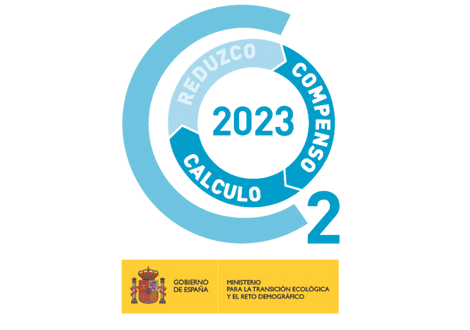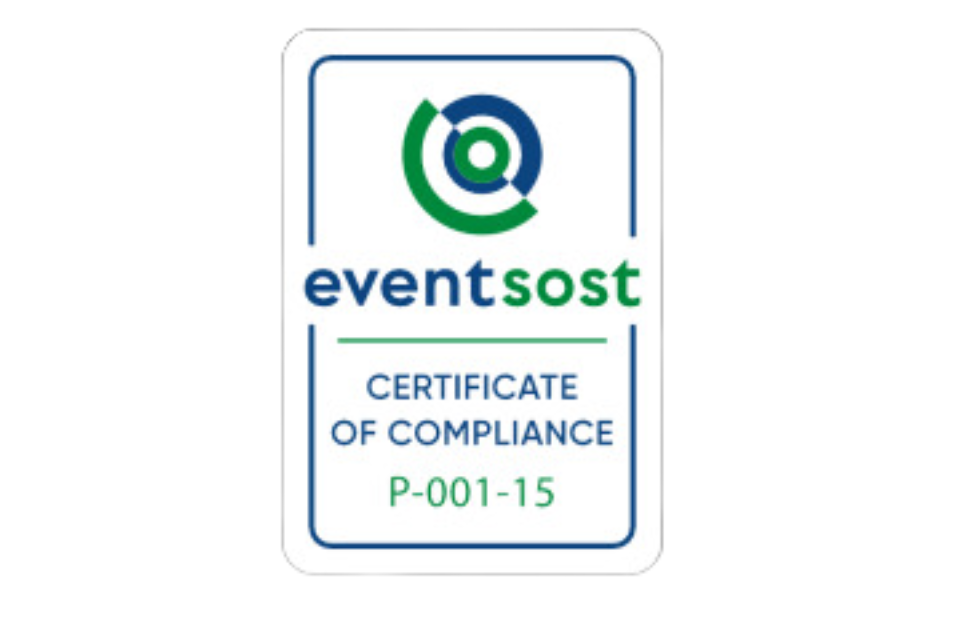Choosing the right format, date, and location
The event format should be directly aligned with your defined objectives and tailored to your target audience. Choosing the right date involves analyzing the industry calendar to avoid overlaps with other major events.
The ideal location should strike a balance between several key factors:
-
Accessibility and transportation options to make attendance easy
-
Capacity and flexibility of the space to suit your specific needs
-
Available support services such as catering and nearby accommodations
-
Consistency with your brand image and the values you want to communicate
Creating the timeline and assigning responsibilities
A detailed timeline is the backbone of any successful event. It should cover all stages of the project—from the initial concept to post-event evaluation—with clearly defined milestones and realistic deadlines.
Responsibility should be assigned based on each team member’s specific skills, with a clear definition of who is accountable for each area. Establishing effective communication channels is also key to ensuring smooth coordination and successful execution.
Strategic space design and event experience
Creative conceptualization aligned with brand identity
The event’s creative concept should be rooted in a deep understanding of the brand’s identity and the values the company wants to communicate. This concept serves as a unifying thread that brings coherence to every element of the event.
A well-developed concept allows for the creation of an immersive narrative that emotionally connects with attendees and reinforces key messages. This storytelling approach helps make the experience memorable and ensures participants associate positive values with the organizing brand.
Experiential elements that enhance interaction
ncorporating elements that engage the senses and encourage active participation is a powerful differentiator. Immersive experiences create lasting memories and strengthen emotional ties with the brand.
Some effective experiential elements include:
-
Live product demos that allow hands-on interaction
-
Sensory activations that engage multiple senses for deeper impact
-
Interactive technologies that invite exploration and discovery
-
“Instagrammable” moments designed to spark social sharing and expand your event’s reach
Technology integration
Well-implemented technology acts as an invisible enabler—it enhances the attendee experience without stealing the spotlight. Tech solutions should respond to specific needs and deliver tangible value.
Practical technologies for events include:
-
Check-in systems with facial recognition or QR codes
-
Mobile apps offering personalized information and real-time updates
-
Networking platforms that make it easy to connect with other attendees
-
Augmented reality to enrich content and create interactive layers of information
When thoughtfully integrated, technology supports smoother operations, deeper engagement, and a more impactful overall experience.
Essential logistical elements
Vendor management and contracting
Selecting and coordinating vendors requires a systematic approach to ensure the quality of contracted services. Contracts should be detailed, covering delivery timelines, technical specifications, and clear responsibilities.
Recommendations for effective vendor management:
-
Build a vetted supplier database based on performance and reliability
-
Request verifiable references from similar past projects
-
Document all agreements and changes in writing to avoid misunderstandings and ensure accountability
A structured, transparent process not only minimizes risks but also builds strong, long-term relationships with trusted partners.
Licenses, permits, and legal considerations
Regulations for events in Spain can vary depending on the autonomous community and the municipality where the event takes place. Administrative procedures often involve lead times that should be built into the overall planning schedule.
Commonly required documentation includes:
-
Temporary or permanent activity license depending on the nature and duration of the event
-
Self-protection plan for venues with large crowds, detailing safety and emergency protocols
-
Civil liability insurance to cover potential damages or incidents involving attendees or staff
-
SGAE licenses for the use of copyrighted music or audiovisual content
Understanding and addressing these legal requirements early on is essential to ensure your event runs smoothly and remains compliant with local laws.
Sustainability in event organization
Implementing sustainable practices
Sustainability is no longer optional—it’s an essential requirement in professional event planning. Implementing sustainable practices should be approached holistically, taking environmental impact into account at every stage of the event.
Actionable practices include:
-
Choosing vendors with environmental certifications to ensure responsible sourcing and operations
-
Using reusable materials for booth construction and event infrastructure
-
Digitizing all documentation to significantly reduce paper use
-
Managing resources efficiently, including water and energy consumption, to minimize waste
Carbon footprint reduction and waste management
Reducing the carbon footprint requires a thorough analysis of all emission sources associated with the event. Waste management should follow the hierarchy of actions: prevention, reuse, recycling, and, as a last resort, disposal.
Effective measures include:
-
Pre-event carbon footprint calculation to guide planning and offset strategies
-
Clearly marked waste separation stations to promote proper recycling and reduce contamination
-
Eliminating single-use plastics in favor of reusable or compostable alternatives
-
Donating surplus food to local organizations to reduce waste and support the community
Conclusions on event organization
Successfully organizing professional events requires a balanced mix of strategic planning, creativity, technical expertise, and adaptability. Events remain an irreplaceable tool for building meaningful connections between brands and people.
In an increasingly digital world, the value of face-to-face interaction and immersive experiences is more relevant than ever. Event professionals must stay current with emerging trends, while remembering that technology should always serve communication goals—not overshadow them.
Sustainability, hybrid experiences, and rigorous ROI measurement will shape the future of the industry, setting new standards of quality and efficiency for professional event organizers.
Ultimately, the success of any event should be measured by its ability to meet clearly defined objectives and deliver the desired impact on its audience—regardless of its format, scale, or budget.

